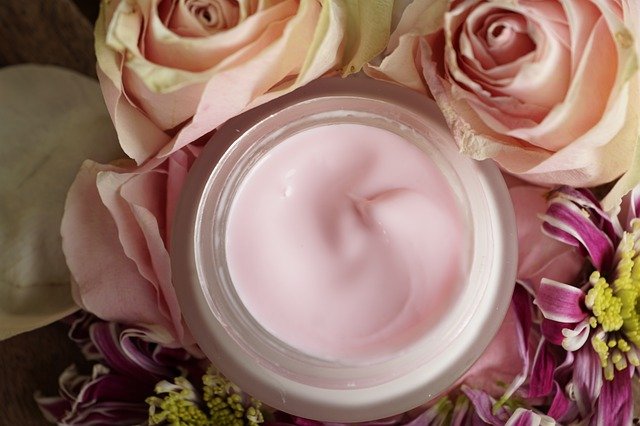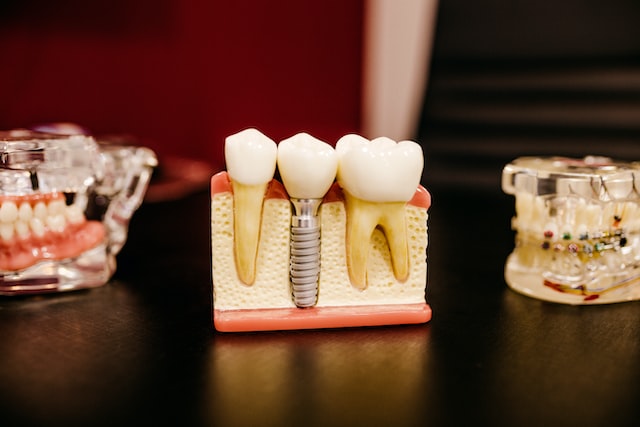
Night creams are usually of thicker consistency compared to daytime creams and often have a higher concentration of ingredients that improve cell turnover, circulation, and hydration. A night cream not only soothes and hydrates skin after a long day but also can help induce repair through the amplification of cell turnover.
Daytime moisturizers typically protect against the elements – heat, cold, dryness, UV rays, and pollution, but night creams and skin redness creams focus more on the skin’s reconstruction process. The fight against free radicals and collagen production both happen while you sleep, which is why it is so important to include ingredients that fortify this.
The best night creams are retinol-based or equivalent. They may also include ingredients such as hyaluronic acid and Co-enzyme Q10, for example. Improving epidermal cell renewal is the main mechanism of action. Furthermore, a good night cream will have a humectant property for restabilizing the cutaneous barrier by promoting hydration.
It is also advisable to use good sunscreen the following morning, especially if you are using exfoliating agents like acids or retinol.
How Should You Apply Night Cream?
According to dermatologists, night creams should be applied after cleansing your skin and not just before going to bed to allow the skincare ingredients to sink in well. In fact, it is believed that cell regeneration is at its peak from 10 p.m. to 2 a.m., so you should ideally apply night cream before this. After cleansing, toning and applying essence or serum, warm a dime-sized amount of cream in your palms and massage it on the face in upward, circular motions.
How Do You Pick the Right Night Cream for Your Skin Type?
Night creams aren’t a one-size-fits-all product and while it can be confusing to determine what your skin type is because skin sometimes goes through phases, it is advisable to take it into consideration when picking a product to buy.
Dry Skin
Dry skin types often have flaky skin that may look dull and feels tight. While it might seem counterintuitive, it is important to use gentle non-abrasive ingredients to promote cell turnover. In the absence of the additional layer of dead skin, hydrating treatments and serums will be absorbed better.
Night creams for dry skin should ideally include humectants like hyaluronic acid and emollients such as squalene or oils that help to hydrate, smooth, and even out skin texture. This helps in maintaining a supple, flexible complexion.
Smooth on a cream containing hyaluronic acid to moisturize as well as a blend of PHA, BHA, and AHA acids that softly exfoliate dead skin at the surface and help ward off tightness in the morning. Ideally, use a cream that contains both humectants and emollients that bind water to the skin and prevent moisture loss.
Oily, Acne-Prone Skin
People with oily, acne-prone skin will likely have congested pores that can feel greasy in the morning. To ensure that pores don’t clog further, choose a light gel-cream textured product capable of supplementing the moisture levels of the skin.
Stripping the skin of too much oil, especially if your skincare routine includes anti-acne or mattifying products can lead to overcompensation and create even more oil. Ingredients such as lactic or glycolic acid can gently unclog pores and exfoliate and are great for a night cream for oily skin.
Look for a night cream that brightens acne spots, dark spots, as well as hyperpigmentation through the night like Caudalie Vinoperfect Brightening Glycolic Overnight Cream. The Laneige Water Sleeping Mask, on the other hand, is incredibly light and quickly skins in without leaking a greasy imprint on the sheets or face.



